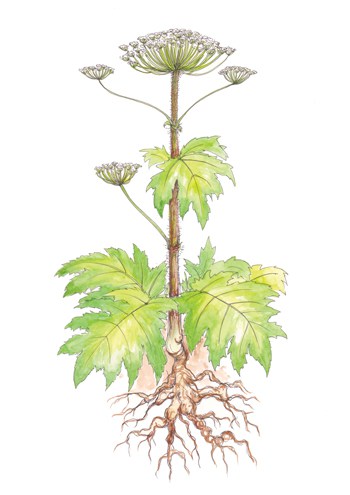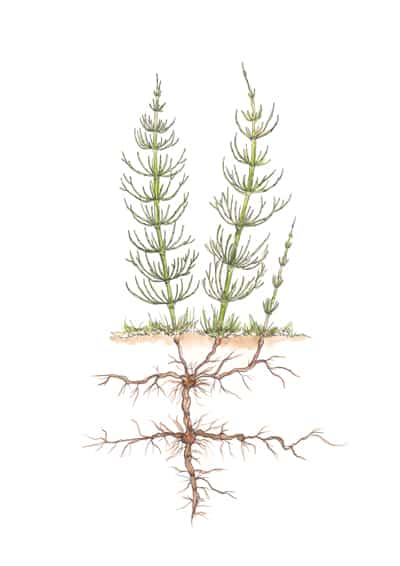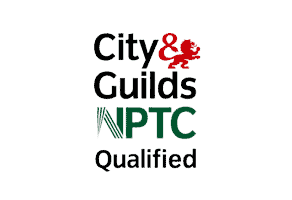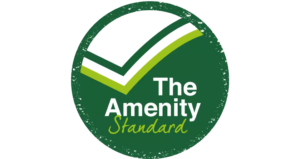Other UK invasive Plant Species Identification
Non-native invasive plants are those that occur outside their natural range due to direct or indirect introduction by humans.
Many of these plants do not present a problem but some that spread and outcompete native species can threaten ecosystems, habitats or native species. These are considered to be invasive either due to lack of natural predators, rapid rate of spread or suppression of other species through competition for resources.
Invasive plant identification
We specialise in in identifying invasive plants in order to work out the best possible method for removal that suits your site and level of infestation.
Other than Japanese knotweed we work mainly within the following invasive species:
Giant Hogweed
Giant Hogweed is dangerous because its sap is harmful to humans through its ability to cause skin inflammations and burns when affected skin comes into contact with sunlight.


Horsetail
Horsetail is toxic, poisoning and potentially killing livestock that grazes on it, making horsetail removal a particular priority in the eyes of the farming and agriculture industries if found on land.
Himalayan Balsam
Himalayan Balsam can reach heights of over two metres, and is aggressively invasive. Due to legislation around spraying chemicals in the wild and near bodies of water, it is safest and most effective to hire professionals that can adhere to laws and best practice.







